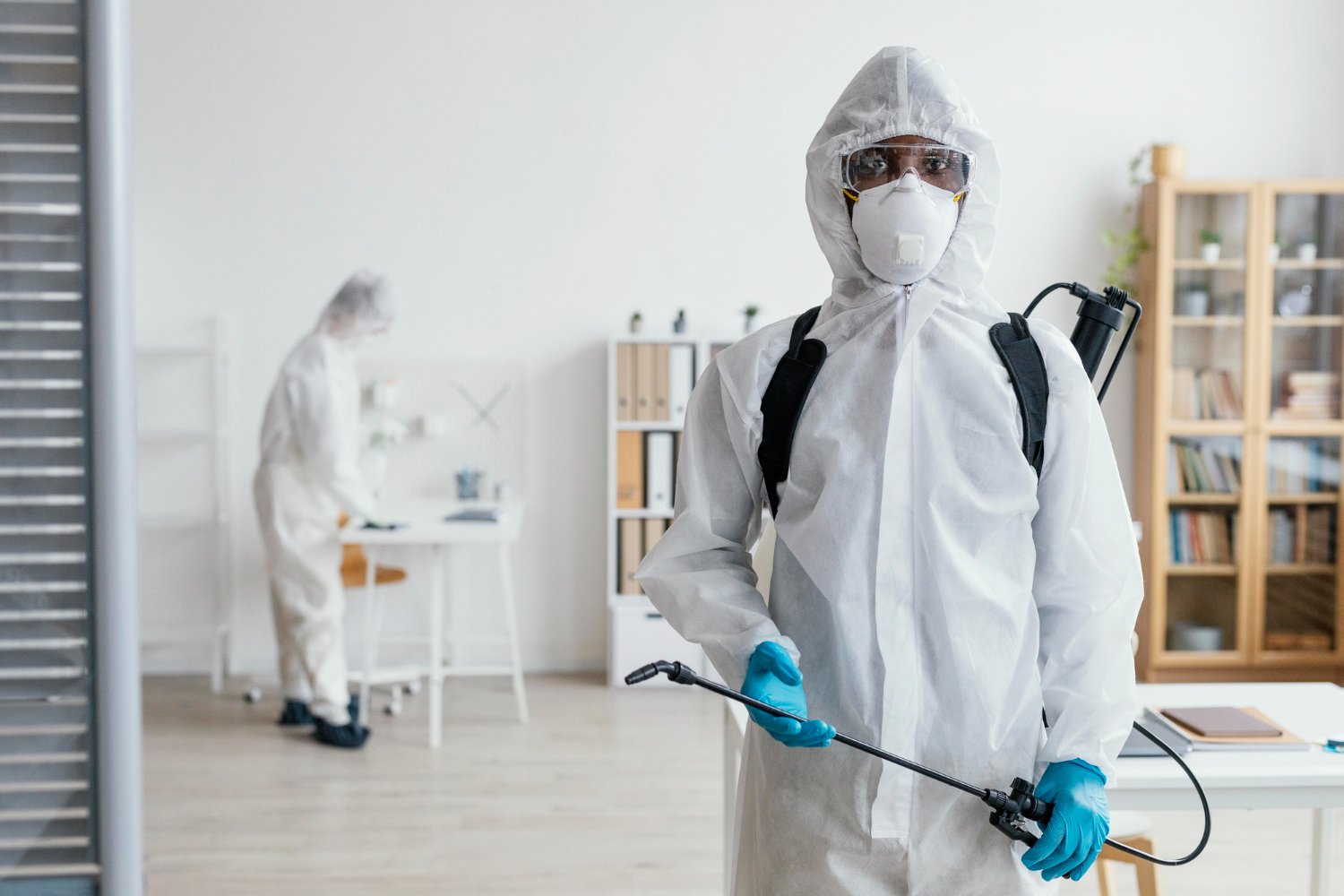A1 Bed Bug Exterminator Charlotte - Specialized Bed Bug Elimination
Wiki Article
Bed Pest Treatment Failure: Comparing Chemical Vs. Non-Chemical Solutions
In the world of insect control, specifically when handling the persistent concern of bed insects, the selection between chemical and non-chemical therapy solutions can be an essential one. Both methods supply unique benefits and disadvantages, influencing elements such as efficiency, safety and security factors to consider, and general cost. By examining the nuanced information of each approach, a more clear understanding of which path to go after in dealing with a bed insect infestation can be achieved.Effectiveness of Chemical Therapies
Chemical treatments for bed pest infestations have actually been widely acknowledged for their quick and powerful effectiveness in eradicating these insects. When taking into consideration the efficiency of chemical therapies, it is crucial to recognize that they can supply a detailed and quick remedy to a bed insect trouble. Expert pest control experts usually count on insecticides to target bed pests at various stages of their life cycle, consisting of grownups, eggs, and nymphs. These chemicals usually work by interrupting the bed insects' nerve system, resulting in paralysis and ultimate death.Additionally, chemical treatments have the advantage of supplying residual results, indicating that they can remain to get rid of bed bugs also after the initial application. This residual action is particularly beneficial in combating any kind of potential re-infestations. In addition, the fast activity of chemical treatments can bring alleviation to people facing extreme bed insect infestations, enabling them to restore control of their living spaces swiftly.
Safety Worry About Chemical Solutions
When utilizing chemical options for bed pest treatment is guaranteeing the security of occupants and the atmosphere,One crucial facet that requires cautious factor to consider. While chemical treatments can be effective in eradicating bed pests, they might position dangers otherwise dealt with correctly. One of the key safety interest in chemical options is the prospective injury they can create to human health and wellness. Direct exposure to particular chemicals made use of in bed insect treatments can lead to respiratory problems, skin irritation, or various other unfavorable reactions, particularly in people with pre-existing problems or level of sensitivities. In addition, improper application or dose of chemical pesticides can cause hazardous residues remaining in the cured area, positioning long-term health dangers to passengers.Moreover, the environmental impact of chemical remedies is one more significant factor to consider. Some pesticides utilized in bed pest treatments may be dangerous to beneficial pests, wild animals, and ecosystems if they leach into the soil or water systems. It is essential to make use of chemical therapies judiciously, adhering to safety guidelines, and taking into consideration less harmful choices to alleviate these risks and make certain the effective and secure monitoring of bed bug infestations.
Advantages of Non-Chemical Methods
Considering the potential safety problems and ecological impact linked with chemical options for bed bug treatment, checking out non-chemical approaches provides an encouraging choice with a number of distinct advantages. Non-chemical treatments are eco pleasant, as they do not contribute to air or water contamination, making them a lasting option for parasite control.Furthermore, non-chemical options can be efficient in targeting bed pests, consisting of hard-to-reach areas where chemical treatments may not penetrate. Approaches such as warmth therapy, vacuuming, steam cleaning, and mattress encasements offer comprehensive eradication without the usage of harmful chemicals. Furthermore, non-chemical strategies can be less turbulent, needing marginal preparation and enabling for quicker reentry into treated areas. Overall, selecting non-chemical bed pest treatment methods not just focuses on security and environmental management but also makes certain detailed and efficient insect control.
Limitations of Non-Chemical Treatments

Additionally, non-chemical treatments usually call for several applications to accomplish effective elimination. This can be time-consuming and may not constantly assure complete elimination of all bed pests and their eggs, specifically in covert or hard-to-reach places.
In addition, the success of non-chemical therapies greatly counts on appropriate execution and thoroughness, which can be challenging for individuals without expert competence. Inadequate application of non-chemical techniques might result in incomplete obliteration, leading to persistent invasions and the demand for added treatments.
Therefore, while non-chemical treatments have their benefits, it is vital to acknowledge these limitations and consider them when identifying the most effective method for handling bed bug invasions.
Expense Comparison: Chemical Vs. Non-Chemical Options
Provided the limitations connected with non-chemical therapies, a crucial element to review in the context of bed insect monitoring is the cost contrast between chemical and non-chemical alternatives. In contrast, non-chemical treatments like warmth treatment or steam can be more pricey, with expenses ranging from $1,000 to $6,000 for a whole home. While the initial cost of chemical treatments might seem reduced, multiple therapies might be click to read more required to fully remove the invasion, possibly enhancing the total cost.Final Thought

Considering the potential safety worries and ecological impact linked with chemical solutions for bed insect therapy, exploring non-chemical techniques offers a promising option with numerous distinct benefits.Provided the constraints connected with non-chemical treatments, a vital facet to evaluate in the context of bed pest management is the price comparison in between chemical and non-chemical alternatives. In contrast, non-chemical therapies like warmth treatment or heavy steam can be more pricey, with prices ranging from $1,000 to $6,000 for a whole home. While the first price of chemical treatments might appear reduced, multiple treatments might be required to completely get rid of the infestation, possibly enhancing the overall cost.In verdict, when contrasting chemical and non-chemical bed insect therapy alternatives, it is important to think about efficiency, security, advantages, restrictions, and price.
Report this wiki page